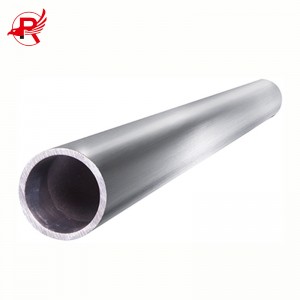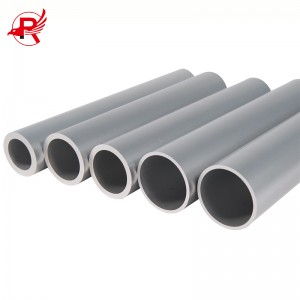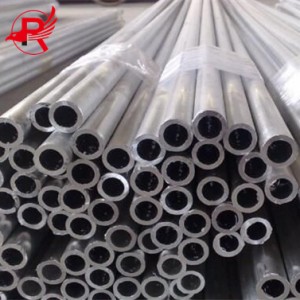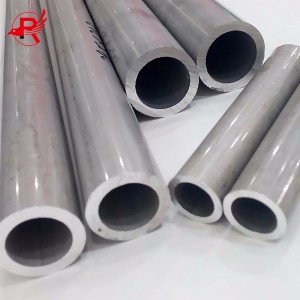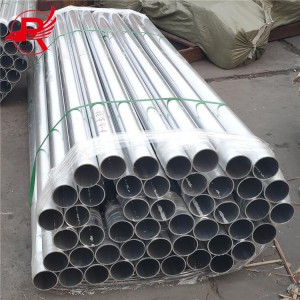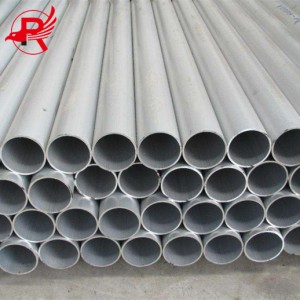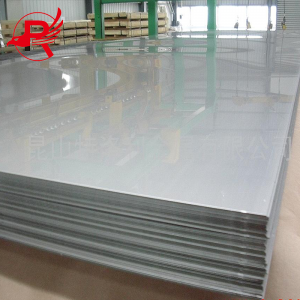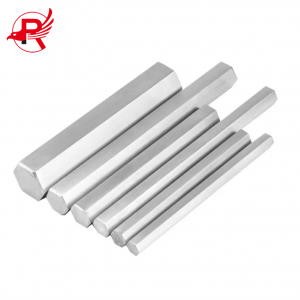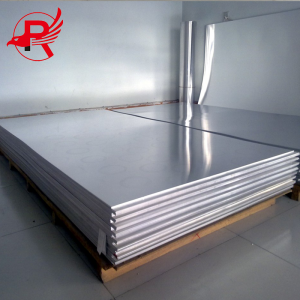ผู้จำหน่ายท่ออลูมิเนียม 6061 5083 3003 ท่อกลมอะโนไดซ์
รายละเอียดสินค้า
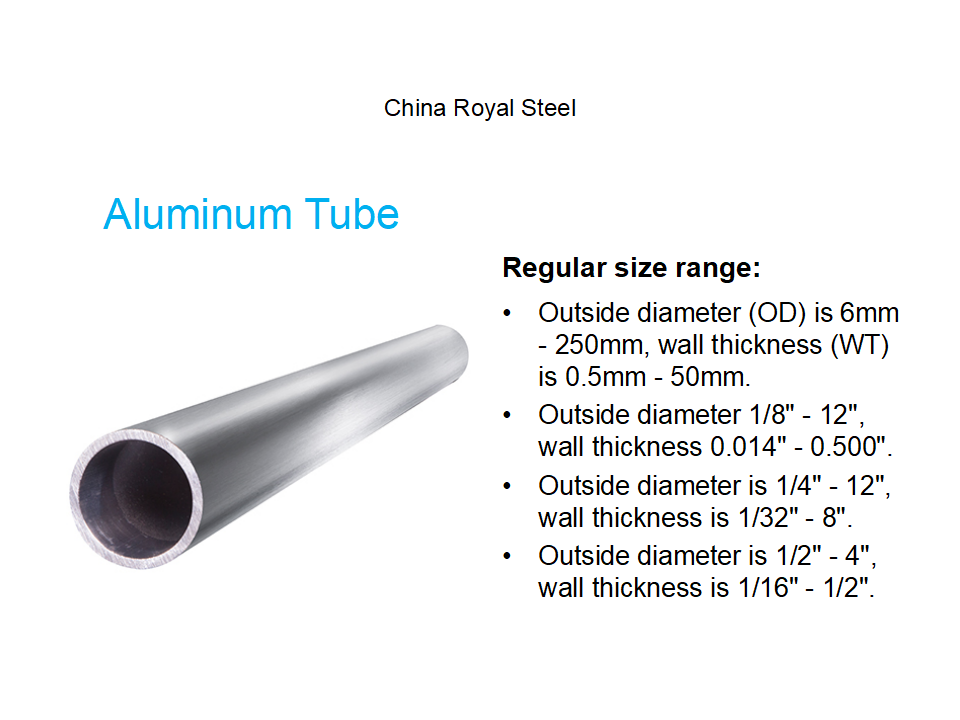
ข้อมูลสำคัญเกี่ยวกับท่ออลูมิเนียม
ท่ออลูมิเนียมผลิตจากโลหะผสมอลูมิเนียม (ส่วนใหญ่มักเป็น 6063) ซึ่งมีความทนทานสูงและเหมาะกับการใช้งานหลายประเภท
ขนาดและความคลาดเคลื่อน: OD, ID และความหนาของผนังที่แตกต่างกันโดยมีความคลาดเคลื่อนต่ำสำหรับความสม่ำเสมอ
การตกแต่งพื้นผิว: การตกแต่งพื้นผิวแบบเรียบสามารถทำได้ทั้งแบบดิบ ขัดเงา หรือแบบอะโนไดซ์ ซึ่งให้รูปลักษณ์ที่สวยงามและได้รับการปกป้องจากการกัดกร่อน
คุณสมบัติทางกล: ความแข็งแรงแรงดึง ความแข็งแรงการยืดหยุ่น การยืดตัว ความแข็ง เหล่านี้ขึ้นอยู่กับโลหะผสมและการอบชุบ
องค์ประกอบทางเคมี: อะลูมิเนียมที่มีองค์ประกอบโลหะผสม เช่น แมกนีเซียม แมงกานีส ทองแดง หรือสังกะสี ตามมาตรฐานอุตสาหกรรมเป็นอันดับแรก และในบางกรณีตามข้อกำหนดของลูกค้า
ความต้านทานการกัดกร่อน: ชั้นออกไซด์ตามธรรมชาติและการเพิ่มธาตุโลหะผสมใน 1100 ทำให้ทนทานต่อการกัดกร่อนในสภาพแวดล้อมต่างๆ ทั่วไป
เทคนิคการเชื่อมต่อ: ขึ้นอยู่กับเส้นผ่านศูนย์กลาง โลหะผสม และการใช้งาน อาจเชื่อม บัดกรี หรือเชื่อมต่อโดยใช้ข้อต่อเชิงกล
หมายเหตุ: ควรปรึกษาข้อมูลซัพพลายเออร์หรือมาตรฐานอุตสาหกรรมเสมอ เพื่อพิจารณาโลหะผสม ขนาด และการตกแต่งที่เหมาะสมกับการใช้งานของคุณ
ข้อมูลจำเพาะสำหรับท่ออลูมิเนียม
| ท่ออลูมิเนียม | ||
| มาตรฐาน | มาตรฐาน ASTM, ASME, EN, JIS, DIN, GB | |
| ข้อกำหนดสำหรับท่อกลม | OD | 3-300 มม. หรือกำหนดเอง |
| WT | 0.3-60 มม. หรือกำหนดเอง | |
| ความยาว | 1-12 เมตร หรือกำหนดเอง | |
| ข้อกำหนดสำหรับท่อสี่เหลี่ยม | ขนาด | 7X7 มม. - 150X150 มม. หรือแบบกำหนดเอง |
| WT | 1-40 มม. หรือกำหนดเอง | |
| ความยาว | 1-12 เมตร หรือกำหนดเอง | |
| เกรดวัสดุ | ซีรีส์ 1000: 1050, 1060, 1070, 1080, 1100, 1435 เป็นต้น ซีรีส์ 2000: 2011, 2014, 2017, 2024 เป็นต้น ซีรีส์ 3000: 3002, 3003, 3104, 3204, 3030 เป็นต้น ซีรีส์ 5000: 5005, 5025, 5040, 5056, 5083 เป็นต้น ซีรีส์ 6000: 6101, 6003, 6061, 6063, 6020, 6201, 6262, 6082 เป็นต้น ซีรีส์ 7000: 7003, 7005, 7050, 7075 เป็นต้น | |
| การบำบัดพื้นผิว | เสร็จสิ้นด้วยโรงงาน, อโนไดซ์, เคลือบผง, พ่นทราย ฯลฯ | |
| สีพื้นผิว | ธรรมชาติ, เงิน, ทองสัมฤทธิ์, แชมเปญ, ดำ, ทอง หรือตามที่กำหนดเอง | |
| การใช้งาน | รถยนต์/ประตู/ตกแต่ง/ก่อสร้าง/ผนังม่าน | |
| การบรรจุ | ฟิล์มป้องกัน + ฟิล์มพลาสติกหรือ EPE + กระดาษคราฟท์ หรือแบบกำหนดเอง | |



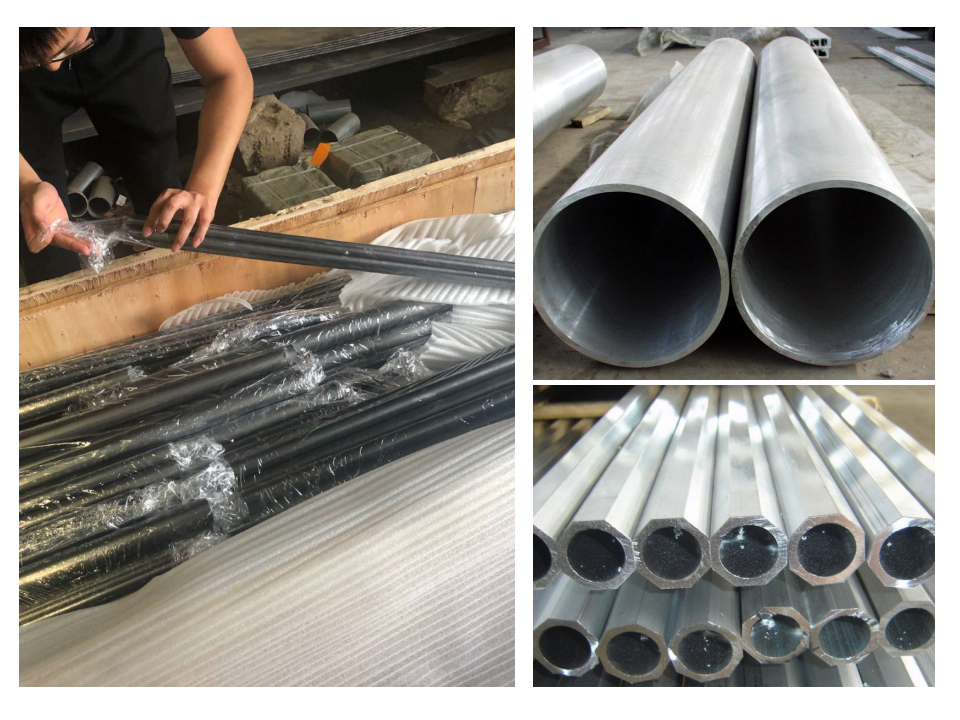
การใช้งานเฉพาะ
การใช้งานทั่วไปของท่ออลูมิเนียม
ระบบ HVAC: การนำความร้อนที่ดีเยี่ยมทำให้เหมาะสำหรับการไหลของสารหล่อเย็นและสารทำความเย็น
งานประปา: ท่อที่ทนทานต่อการกัดกร่อนและมีน้ำหนักเบา ใช้ในระบบน้ำ แก๊ส และน้ำเสีย
อัตโนมัติ: หม้อน้ำ ระบบไอดี เทอร์โบชาร์จเจอร์ และระบบไอเสียเพื่อลดน้ำหนักและถ่ายเทความร้อนที่ดีขึ้น
การใช้งานทางอุตสาหกรรม: การขนส่งของเหลวหรือก๊าซในอุตสาหกรรมเคมี น้ำมันและก๊าซ ยา อาหารและเครื่องดื่ม และน้ำเสีย
พลังงานแสงอาทิตย์: ส่งเสริมการถ่ายเทความร้อนสำหรับการทำน้ำอุ่นด้วยพลังงานแสงอาทิตย์และการใช้งานด้านความร้อน
การก่อสร้างและสถาปัตยกรรม: การใช้งานด้านโครงสร้าง ราวบันได ผนังม่าน และผนังหุ้มอาคารที่ต้องการประสิทธิภาพสูงและความหลากหลายในการออกแบบ
ไฟฟ้า: โลหะผสมที่มีค่าการนำไฟฟ้าสูง ใช้สำหรับสายไฟ ระบบส่งกำลัง และบัสบาร์
เฟอร์นิเจอร์และของตกแต่งภายใน: เก้าอี้ โต๊ะ ชั้นวางของ และราวแขวนม่านที่ทำจากท่อน้ำหนักเบาที่สามารถปรับแต่งได้
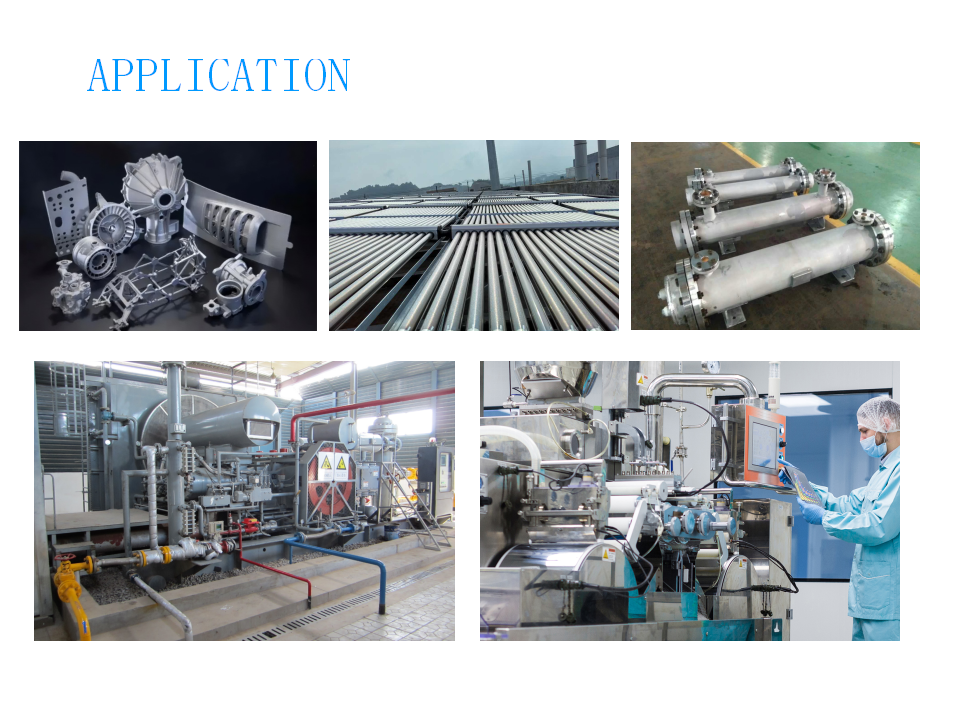
บรรจุภัณฑ์และการจัดส่ง
แนวทางการประมวลผลที่เกี่ยวข้อง: การบรรจุและการจัดส่งท่ออลูมิเนียม
บรรจุภัณฑ์ป้องกัน: ใช้หลอดกระดาษแข็งหรือกล่องที่แข็งแรงซึ่งแนบสนิทกับหลอดเพียงพอ
การกันกระแทก: ห่อด้วยแผ่นกันกระแทกหรือโฟมหรือวัสดุดูดซับแรงกระแทกอื่นๆ ในระหว่างการขนส่ง
ปลายที่ปลอดภัย: ปิดหรือติดเทปปลายท่อด้านล่างและด้านบนเพื่อป้องกันไม่ให้ปลายท่อเคลื่อนที่
การติดฉลาก: เขียนคำว่า “เปราะบาง” หรือ “โปรดจัดการด้วยความระมัดระวัง” บนพัสดุเพื่อเตือนผู้จัดการ
การปิดผนึก: ปิดผนึกบรรจุภัณฑ์ด้วยเทปกาวให้ดี
การวางซ้อน: การวางซ้อนท่อในลักษณะที่ป้องกันไม่ให้ท่อเลื่อนหรือกลิ้ง และเพื่อให้มีการกระจายน้ำหนักเท่าๆ กัน
การขนส่งที่รวดเร็วและเชื่อถือได้: เลือกผู้ให้บริการขนส่งที่มีประสบการณ์ในการขนส่งสิ่งของที่เปราะบางหรือบอบบาง




